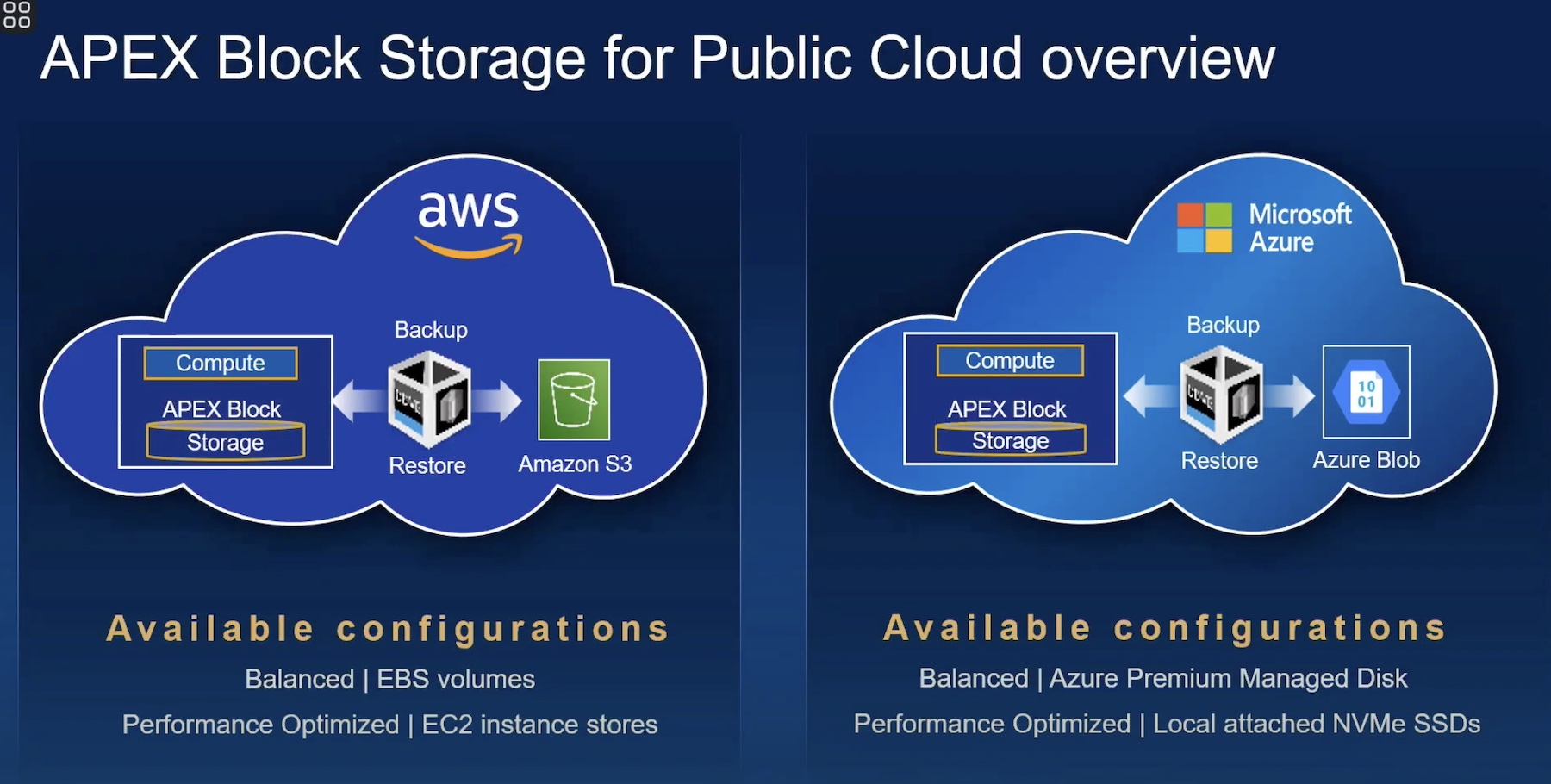If you were going to play enterprise buzzword bingo, you could make an argument that either big data or the cloud could be the free space. While the terms do get thrown around frequently, there’s good reason. Both are at the heart of modern digital transformation. But the problem comes when combining the two. It’s an odd that as organizations are trying to monetize data across the board, they’re not taking advantage of public cloud resources. Datos IO would like to help bridge this divide.
Big Data in the Cloud
Datos IO wanted to solve the issue of moving bid data to the public cloud. Their goal as a company is ambitious. They see the cloud market in a similar inflection point as virtual machines when Veeam came onto the scene. They see the real value for their market is being the control plane for the cloud, everything else is approaching commodification.
Their initial approach to this was RecoverX 1.0. This specifically targeted a completely unserved market. They saw that there was no market for non-traditional database protection. This would address a clear market need and be immediately useful. They’ve just released RecoverX 2.0 and it adds robust data mobility to the mix. The end result is a much more complete realization of their goal.
Database > File System
Datos IO differentiates their approach with their application centric data management. They are uninterested in building a cloud file system. Instead, they want to keep everything in native database formats, and back them up to S3. This has a number of advantages.
For one, this keep the data mobile. Instead of formatting a database into a proprietary format, that requires licenses to read, access, and has limited compatibility, the native format is in S3 always ready for access.
Additionally, the data is still application addressable without proprietary services. They see the ability to do search and queries on the data as vital. By ignoring the traditional worries of blocks and files that would be found in a cloud file system, they allow the data to be actionable in the cloud with whatever tools your organization chooses to use.
Scale Out or In
With RecoverX 2.0, Datos IO is now providing support for traditional relational databases starting with MS SQL Server. It also now supports greater scale out architecture, up to a five node cluster with up to 100TB. I’ve been assured that this isn’t an architectural limitation of the solution, but rather a testing and certification criteria. The other interesting aspect of their scale out is that it’s not just one way. They’ve provided an easy way to scale down to smaller amounts of nodes seamlessly if your organizational needs change.
Datos IO reiterated that RecoverX 2.0 still keeps backup as their primary focus. Their solution is predicated upon allowing users to backup big data from on-prem to the cloud. The new release adds more scale, traditional database support, and perhaps most importantly cloud mobility. Their focus on keeping databases as databases seems blindingly simple, so much so that it’s shocking no one else is doing this. This is their secret sauce, letting you use your existing tools on a database in native format, not forcing a proprietary file system with its own set of data services. With RecoverX 2.0, big data may finally feel at home in the cloud.




